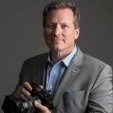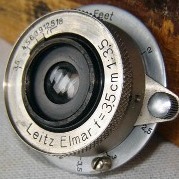M240 and Flash (again)
-
Recently Browsing 0 members
- No registered users viewing this page.
-
Similar Content
-
- 55 replies
- 13,665 views
-
- 14 replies
- 621 views
-
- 354 replies
- 39,913 views
-
- 14 replies
- 789 views
-
- 4 replies
- 218 views
-







Recommended Posts
Join the conversation
You can post now and register later. If you have an account, sign in now to post with your account.
Note: Your post will require moderator approval before it will be visible.